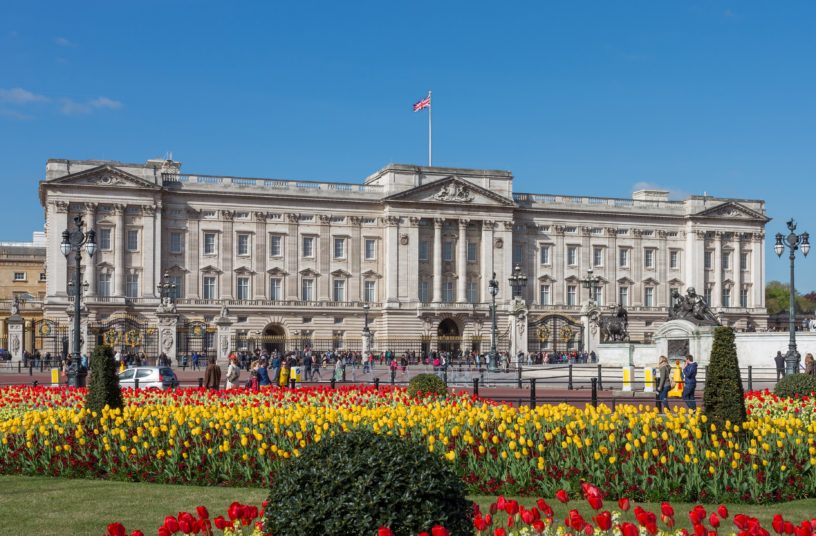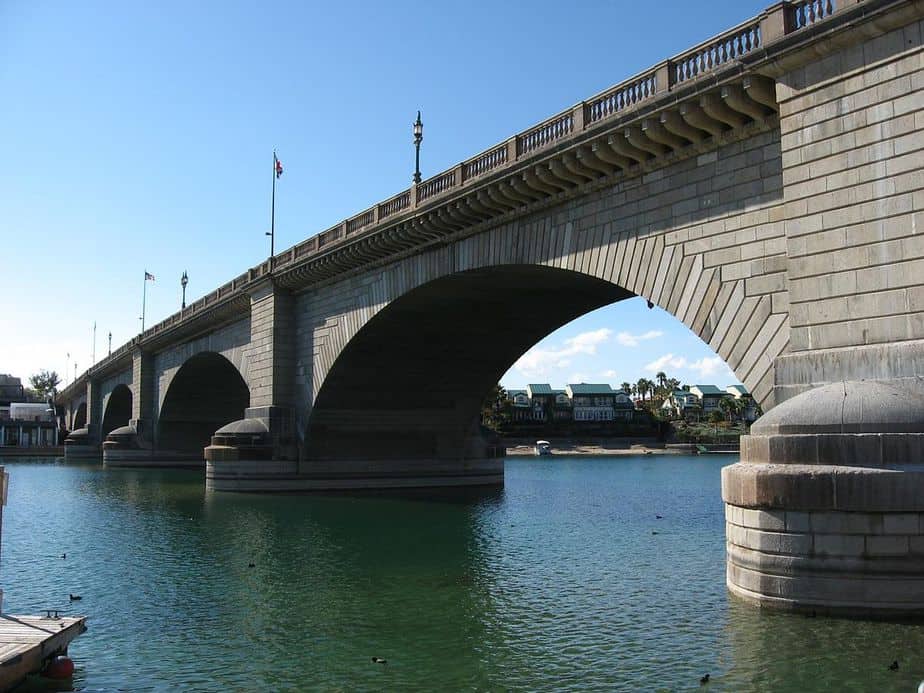Top 10 Historical Facts that happened in London
Today we know London as home to one of the oldest monarchy in the world but before that it was home to various groups of people including a Celtic group who are believed to be the original inhabits of the region. The chalk-rich banks of the River Thames made the area favorable for settlement.
It is believed that in AD 43 the Romans settled in the region and named the city Londinium. This is believed to be where the current name ‘London’ comes from. However, some scholars oppose this idea and suggest that the City of London was named after ‘Llandin’, a Welsh name for the current-day Parliament Hill.
People might not agree on the origin of the city’s name or the original inhibitors, but we can all agree that London has been home to highly influential individuals and witnessed history making events that have impacted and shaped not only England but the whole world at large. Here are the top 10 historical facts that happened in London.
1. The conqueror was once conquered
Historically, London was the administrative capital of Great Britain and its many colonies all around the world. To most of us today, London is the seat of power to one of the most powerful countries in the world. Then how could such a great and powerful city ever be conquered?
Well, meet William the conqueror, a Norman emperor, who was able to bring London to its knees. William the conqueror invaded Anglo-Saxon Britain in 1066. To symbolize his power and rule over the country he built the White Tower on the north bank of the River Thames in central London. Today the White Tower is known locally as the Tower of London. Officially it is known as Her Majesty’s Royal Palace and Fortress of the Tower of London
2. Did London Bridge actually fall down?
We cannot mention London and not mention the popular nursery rhyme ‘London Bridge is Falling Down’ that dates back to the Middle Ages. The song has various versions throughout the world but the stressing message in all of them is the various attempts, convincing or imaginary, to repair the bridge and return it to its former glory.
Fortunately, London Bridge has never actually fallen down at any point in history but it has been damaged and repaired on several occasions for example, in 1633, the bridge was greatly damaged by a major fire and in 1763, repairs and modifications were made to the bridge. Sadly, the original London Bridge is no longer in London but in Lake Havasu City, Arizona.
3. Rising like a phoenix from the ashes
To say London is a resilient city will be an understatement as this city was able to overcome one of the most devastating disasters in history and for this reason we can change the phrase to be, “Rising like London from the ashes.”
From the 2nd Sunday to the 6th Thursday of September in 1666 London was reduced to ruins by the catastrophic London fire. The fire is believed to have started off at the premise of Thomas Farriner, a baker, on Pudding Lane shortly after midnight. True, London had witnessed other fires but this fire left a huge mark on London as it destroyed nearly 70% of the city and killed an unknown number of people.
The city was rebuilt with less flammable brick and has grown to be one of the most beautiful cities in the world. To commemorate those who died in the fire The Monument to the Great Fire of London was built on the site of St Margaret, the first church to be destroyed by the Great Fire.
4. London leads and the rest of the world follows
The underground railway, commonly referred to as ‘the Tube’ by Londoners, was opened in January 1863 between Paddington and Farringdon using gas-lit wooden carriages pulled by steam locomotives. This underground steam locomotives revolutionized how other cities planned public transport systems as it was the first of its kind in the whole world.
A fun fact to know is that when the London Underground was first proposed, engineers suggested filling the tunnels with water and using barges to float people from point to point, or acquiring horses to pull the carriages around in the dark.
5. We are tough, ambitious and driven
For the longest time in history men portrayed women as weak fragile individuals who could not think on their own. How wrong they truly were can only be illustrated via the words of the popular musician Shaggy,” so don’t you underestimate the strength of a woman…”
In 1907, London witnessed the largest public demonstration supporting women’s right to vote seen up to that date. 15 suffragettes participated in this peaceful march from Hyde Park Corner to the Houses of Parliament lobby to protest for women’s right to vote in public, political elections.
The United Procession of Women was organized by the National Union of Women’s Suffrage Societies (NUWSS). It is also known as the Mud March because of the heavy rains the women were left drenched and mud-spattered. In 1918, women were given the right to vote in England. To commemorate the struggle women had to go through to be able to vote a statue of suffragette Millicent Fawcett was erected in Parliament Square.
6. Extinction is not in our vocabulary
Bubonic plague or Black Death sporadically threatened Londoners from 1347 to 1665 killing roughly 20% of London’s population. It was a very dark time in London’s history such that men known as Searchers shouted out ‘Bring out your dead’ all through the summer of 1665. The Searchers took away the dead bodies and threw them in mass burial pits known as the plague pits.
Black Death started out with fever chills and aches of flu. It then progressed quickly, covering the entire body in painful cysts called buboes that often resulting in death. The disease was spread by fleas biting on healthy people after feeding on infected human and rats’ blood. In London the disease spread quite fast due to poor sanitation and overcrowding tenements and garrets.
7. The century’s old mystery
To this very date the true identity and the motive of Jack the Ripper still remains unknown. The certain thing we know about Jack the Ripper is that he/she had a substantial knowledge of human anatomy because of the manner of his killings.
Jack the Ripper also known as the ‘Whitechapel Murderer’ or the ‘Leather Apron’ killed the canonical five, and mutilated their bodies by ripping out some of their internal organs. The murders took place between 7th August and 10th September in 1888 around the Whitechapel district of London.
There have been countless investigations trying to uncover the killer’s identify and motives and more than 100 suspects have been named including Prince Albert, the grandson of Queen Victoria. Jack the Ripper remains up to this very date London’s most notorious serial killer and one of the world’s most infamous criminals.
8. Is the glass half empty of half full?
During both the first and second World Wars London was left in ruins because of the countless bombings it experienced. The bombing that truly left a huge mark on London was the September 1940 bombings. The German forces heavily bombed London for 57 days resulting in an altered city landscape and unimaginable losses.
During this dark time a ray of light was able to shine as a result of the bombings Roman Ruins were discovered underneath the debris. A history that was thought to be lost and forgotten was unearthed and now millions of people can enjoy this piece of history around Central London and at the London Mithraeum.
9. Listen to the cries of the lower class
In 1381, peasants revolt against the imposition of the unpopular poll tax, the taxation of poorer classes. The revolt began in May in Essex and in June it moved to London where the Kentish men under Wat Tyler murdered some Flemish merchants and ransacked the palace of John of Gaunt, Duke of Lancaster.
The revolt was the first great popular rebellion in English history though it was unsuccessful. The riot came to an end when Wat Tyler was killed, hence the rebellion also being referred to as Wat Tyler’s Rebellion. The promises the young King Richard II had made to the laborers were never fulfilled and the laborers’ continued suffering under the arms of their masters. However, the rebellion prevented further levying of the poll tax.
10. On Sale!
We all know that the original London Bridge was sold to an American but did you know that London could have been sold as well?
King Richard the Lionheart, King of England from 1189 to 6th April 1199, needed money for his crusade battle and is rumored to have said he’d even sell London if he could find someone to buy it. Fortunately he couldn’t find any buyers and London remained unsold. Imagine if it had been sold!
Planning a trip to Paris ? Get ready !
These are Amazon’s best-selling travel products that you may need for coming to Paris.
Bookstore
- The best travel book : Rick Steves – Paris 2023 – Learn more here
- Fodor’s Paris 2024 – Learn more here
Travel Gear
- Venture Pal Lightweight Backpack – Learn more here
- Samsonite Winfield 2 28″ Luggage – Learn more here
- Swig Savvy’s Stainless Steel Insulated Water Bottle – Learn more here
Check Amazon’s best-seller list for the most popular travel accessories. We sometimes read this list just to find out what new travel products people are buying.




















